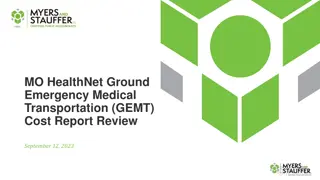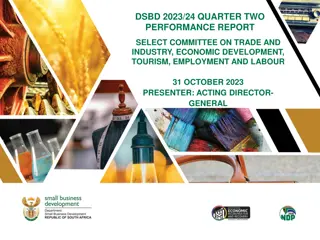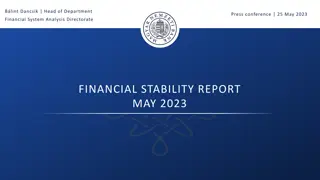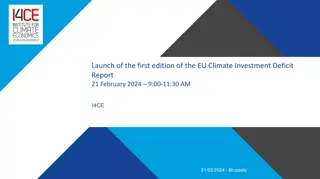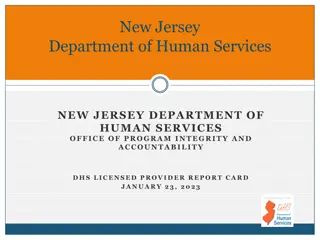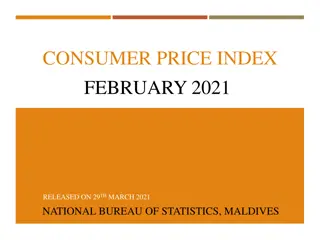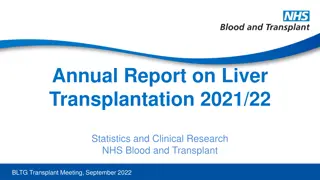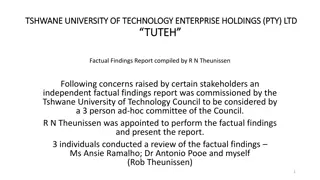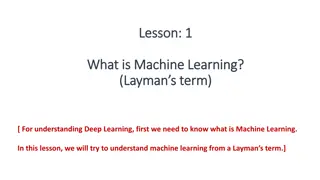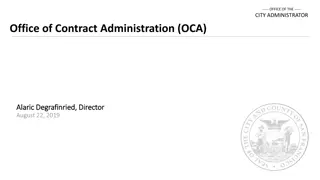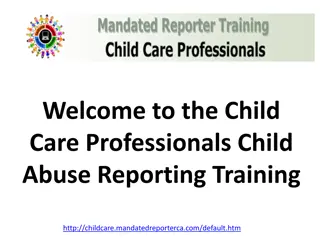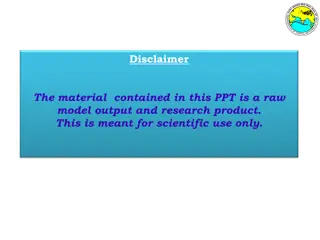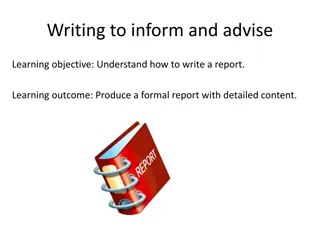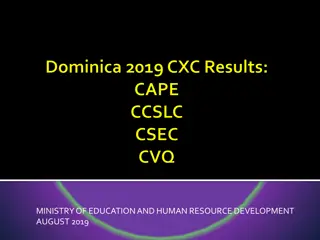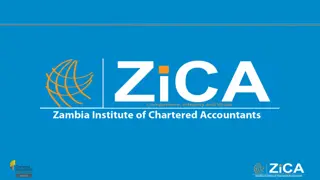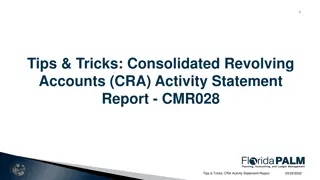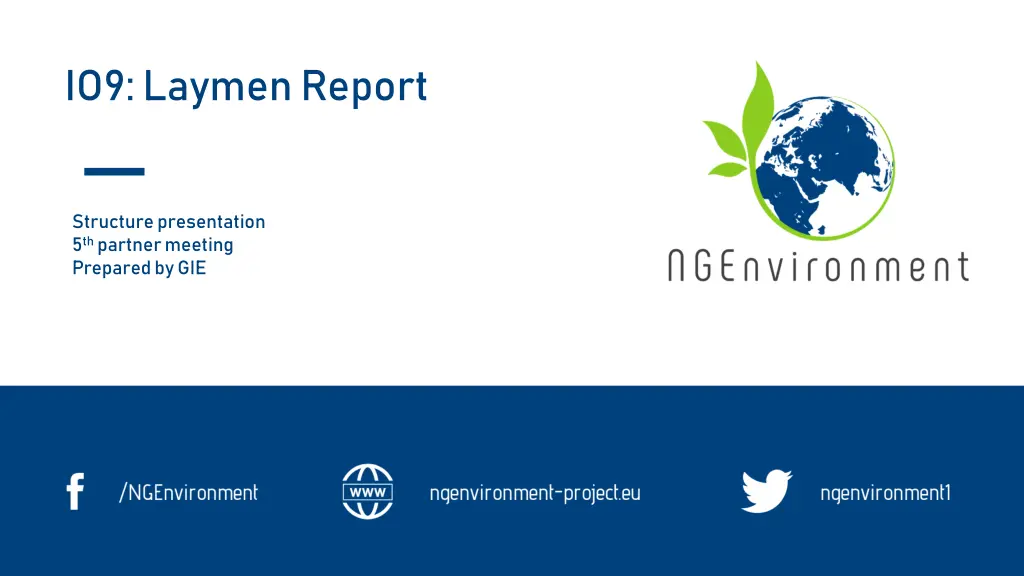
Layman Report for Sustainable Change in NGO Sector
This layman report aims to provide an evidence-based discussion on the role of NGOs and civic action in achieving collective sustainability, utilizing simple language, infographics, and various languages for broader accessibility. It will summarize project rationale, objectives, methods, and results while promoting awareness and participatory citizenship. The report will be disseminated online and through partner networks to facilitate engagement and understanding among diverse audiences.
Download Presentation

Please find below an Image/Link to download the presentation.
The content on the website is provided AS IS for your information and personal use only. It may not be sold, licensed, or shared on other websites without obtaining consent from the author. If you encounter any issues during the download, it is possible that the publisher has removed the file from their server.
You are allowed to download the files provided on this website for personal or commercial use, subject to the condition that they are used lawfully. All files are the property of their respective owners.
The content on the website is provided AS IS for your information and personal use only. It may not be sold, licensed, or shared on other websites without obtaining consent from the author.
E N D
Presentation Transcript
IO9: Laymen Report Structure presentation 5th partner meeting Prepared by GIE
About the layman Report from the application About the layman Report from the application (1) (1) The Report is aimed at a large scale distribution within NGOs and NGO-sector related entities but also to non specialized NGO public, such as informal groups of citizens, schools, environmental activists, social workers, municipalities, etc. The report will summarize the project's rationale, objectives, methods, and main results achieved and provide evidence-based critical discussion on the role and potential that NGOs and civic action have in promoting change engagement for achieving collective sustainability (environmental, social and economic). The aim of the laymen report is to inform, promote awareness and prompt participatory citizenship. The Report will be available in M34 (June 2021) to be presented in the Final Conference.
About the layman Report from the application About the layman Report from the application (2) (2) The entire Report will be written in very simple terms, using infographics and very intuitive informative contents, and will be available in all partners languages so that it can be understood by any interested person or entity. The Laymen report shall also include the main conclusions of the final conference of the project, and from articles or scientific papers that may result from the implementation of this model, namely papers published in specialized peer-reviewed scientific journals with international circulation but translated into very simple terms and information. It will also direct readers to the projects platforms, web-based tools, course-ware, documents and audiovisuals. The Laymen Report will be available in the project s website for download. It will be disseminated via partners networks and advertised through social media.
Issues to clarify Issues to clarify The Layman Report will provide evidence-based critical discussion on the role and potential that NGOs and civic action have in promoting change engagement for achieving collective sustainability (environmental, social and economic). GIE will conduct research on the state-of-the-art regarding the NGO sector, consulting EU statistics and other official and relevant databases. Specific research needed to be done in the consortium s countries will be supported by the partners and their working groups. (partners have been allocated 8 research days and 4 technical days to that they can contribute to the report's content, review, validate and translate final contents to their local languages). How we do it? Do we apply questionnaire/interview for that? A Layman Report explaining the whole projects rationale, objectives, main conclusions and resulting NGEnvironment case studies (application, p.103) Which case studies? The NGOs described in the observatory, the video-testimonials OR new case studies to be developed especially for Layman Report?
Structure proposal Structure proposal The problem, introducing one or two paragraphs on the background to the project, including, where relevant, the legal context; Project overview, introducing the project's specific objectives, the benefits of the innovative solution (environmental, socio-economic), the partners involved; Results, introducing the innovative solution in a non-technical way. This should actually be the core part of the report. The market, introducing the target countries and customers; The European added value, introducing the benefits at EU level; Contact information, including address, tel., e-mail, website
Anwers Anwers as result from consortium analysis as result from consortium analysis Q1: How we do it? Do we apply questionnaire/interview for that? A1: We do not need new questionnaire/interview , we will use the findings from IO2 and IO3 national piloting reports! Q2: Which case studies? A2: The case studies that we prepared for the Observatory! Q3: How can we include in the Layman Report conclusions from the Final Conference AND present the Layman Report during the Final Conference? A3: We can t! We will finish the report before the conference and present it during the conference 8-10 pages (length of the Report)



